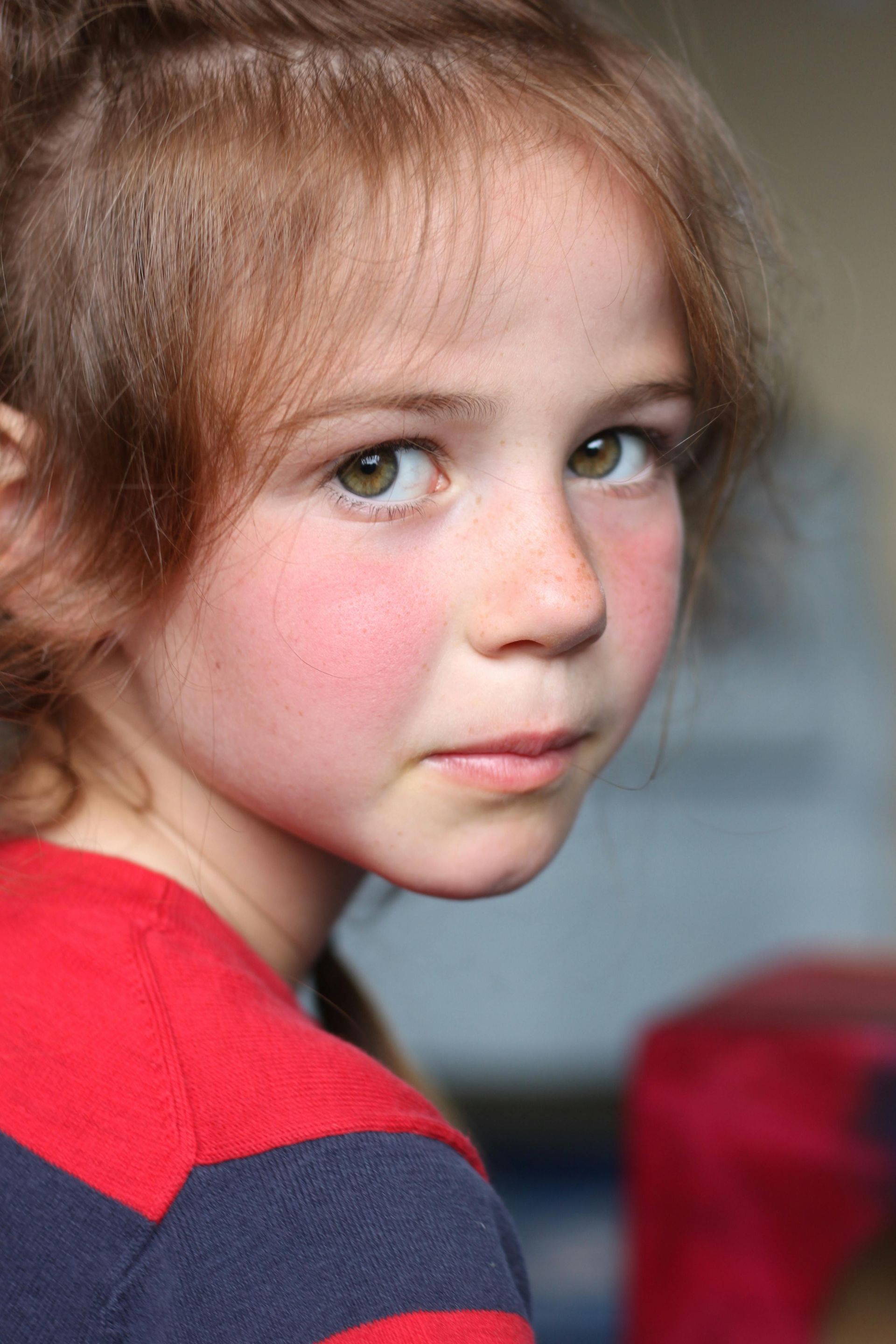FIFTH DISEASE (Erythema Infectiosum)
Fifth disease, also known as erythema infectiosum, is a viral infection caused by human parvovirus B19. It received its name around a century ago, being the fifth recognized childhood rash-producing illness in a sequential list that included diseases like measles and rubella.
The illness typically begins with a bright red rash appearing on the cheeks, often described as a "slapped cheek" look, lasting for 1 to 3 days. Following this, a pink "lace-like" rash may appear on the arms and thighs, recurring over 1 to 5 weeks, particularly after warm baths, exercise, or sun exposure. Fifth disease generally involves mild or no fever and may present with minimal symptoms such as a slight runny nose or sore throat. Given its mild nature, no specific treatment is necessary.
Fifth disease is contagious, mainly during the week prior to the out- break of the rash. Once the rash appears, the individual is no longer contagious, allowing children to attend school or daycare without concern of spreading the disease even if their rash persists. Adults often experience mild symptoms or no rash at all, but may suffer from joint pain, especially in the knees, lasting 1 to 3 months. Ibuprofen can help alleviate these symptoms, and typically no extensive medical assessment is needed for joint pain following this infection.
The primary concern regarding fifth disease pertains to pregnant women who are not immune, as it can pose a risk to the unborn child. About 10% of such cases may lead to severe anemia or even possibly fetal death, particularly in the first trimester. The virus does not cause birth defects. Pregnant women who suspect exposure to fifth disease should consult their obstetrician, especially before any visible rash develops.


